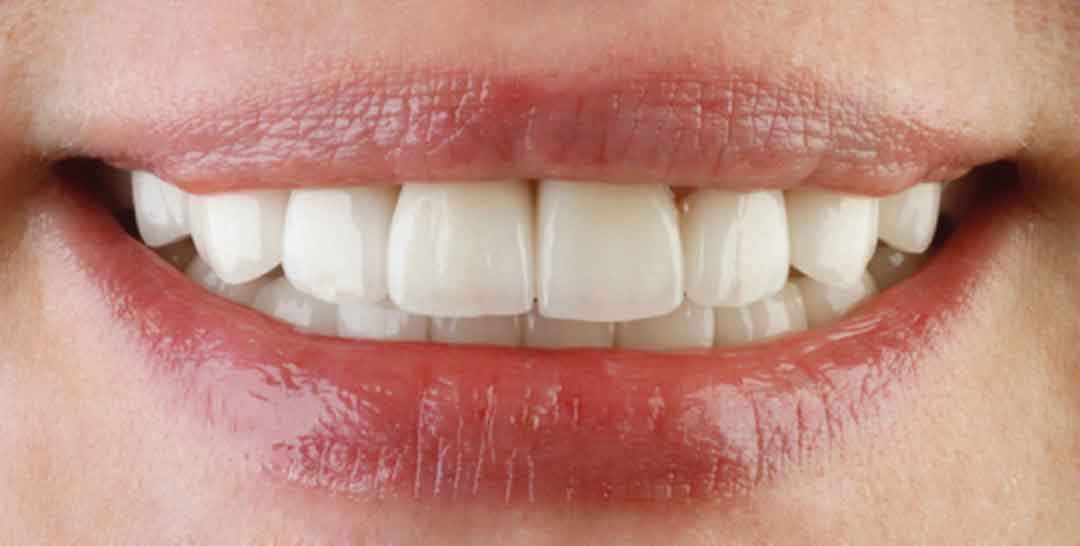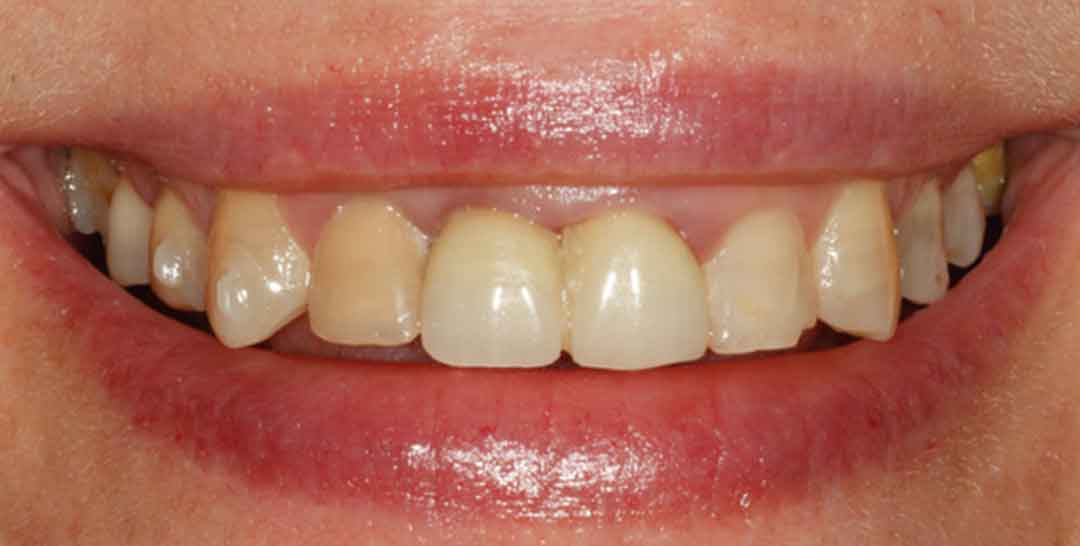TREATMENTS
Crowns
If a tooth breaks or is so damaged that it is difficult to restore with an ordinary filling, crowns, or full porcelain covering of the tooth, come to the rescue. Porcelain crowns as prosthetic restorations are used to restore missing tooth tissue. They are often placed on root canal-treated teeth to strengthen them. The fabrication of a crown takes place in just two visits.
EVERYTHING YOU WANT TO KNOW ABOUT CROWNS
How long will the crown serve me?
A porcelain crown serves an average of 10-12 years.
Can decay occur under the crown?
Yes, decay can attack the tooth under the crown. That's why it's important to do regular check-ups and take care of crowns as you would natural teeth.
Does a tooth need to be root canal treated to place a crown?
Not if there is at least 50% of the tooth's own tissue. Otherwise, the tooth requires root canal treatment and a root-canal post. Only on such a prepared tooth is a crown placed.
Can I eat normally with the crown?
Yes, crowns fully replace natural teeth.
Can flossing loosen the crown?
With proper flossing - no.
What are the indications for a crown?
The most common indications are a fractured tooth, severe decay damage or a recommendation by the endodontist to strengthen the tooth after root canal treatment.
Is it painful to grind a tooth for a crown?
The procedure takes place under anesthesia, so it is painless. After the anesthesia wears off, it is possible to feel mild hypersensitivity.
What are the indications right after the crown is placed?
Sticky foods such as caramel should be avoided for about 24 hours.

